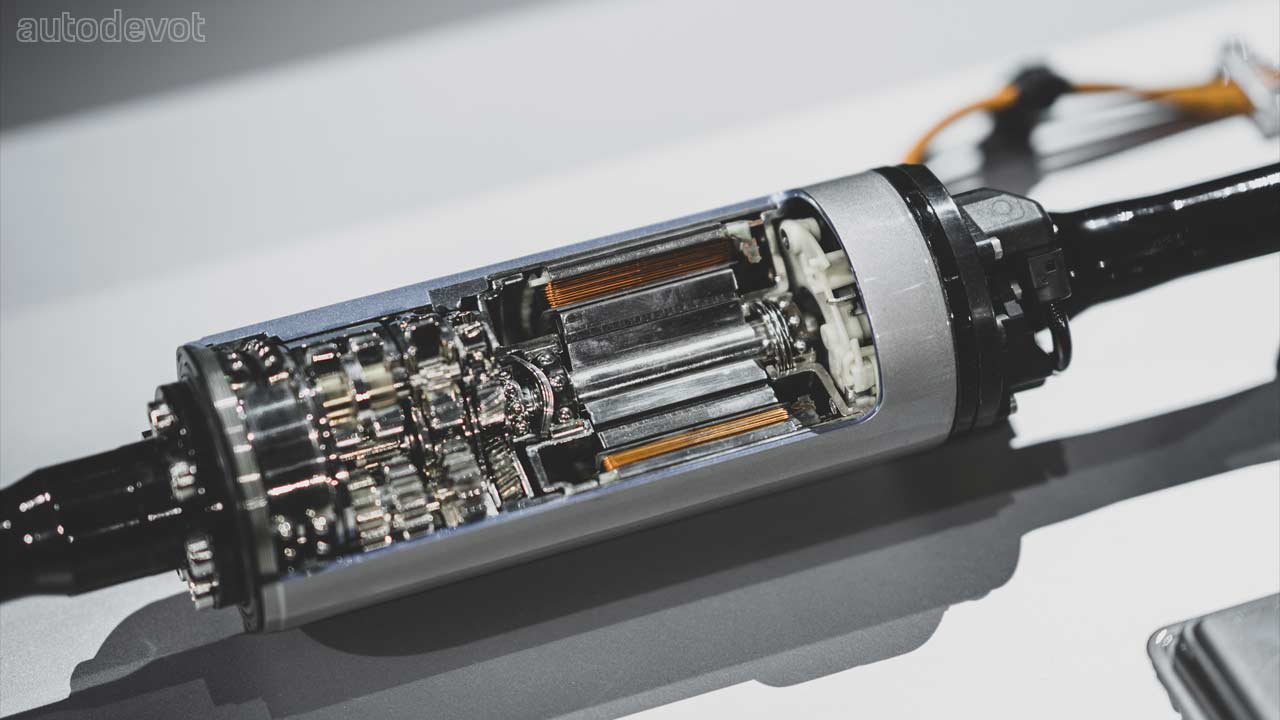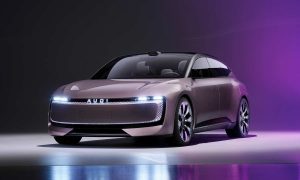You might have heard that the premium SUVs these days come with an active roll stabilization system in order to compensate for the body roll, especially at corners. Well, in case you’re wondering how it works, here’s a neat little animation that shows how the electromechanical roll stabilization (eAWS) in combination with air suspension works in an Audi Q7.
A conventional stabilizer operates passively; in other words, it just balances the suspension movements on both sides by means of mechanical coupling. The electromechanical roll stabilization, however, can be specifically controlled. The system consists of two stabilizer halves per axle, with an electric motor operating between them on both the front and rear axle. It simply rotates the stabilizer halves in opposite direction counteracting the body roll.
The system receives its commands via control units on the front and rear axle, which are part of the Electronic Chassis Platform (ECP) — the central brain of the chassis. Within milliseconds, it matches a variety of parameters such as speed, ride height, roll and pitch movements of the car, the friction coefficient of the road surface, the current driving condition such as under- or over-steer, plus the data of the chassis systems involved.
The required electrical energy to the eAWS is supplied by a 48-volt onboard electrical system. The electric motors deliver their power output via three-stage planetary gearboxes, with torque levels of up to 1,200 Nm (885 lb-ft) being generated at the stabilizers.
Audi employs the eAWS in Q7, SQ7, SQ8 and RS Q8 models.

Leave a Reply
Note: Comments that are unrelated to the post above get automatically filtered into the trash bin.








































